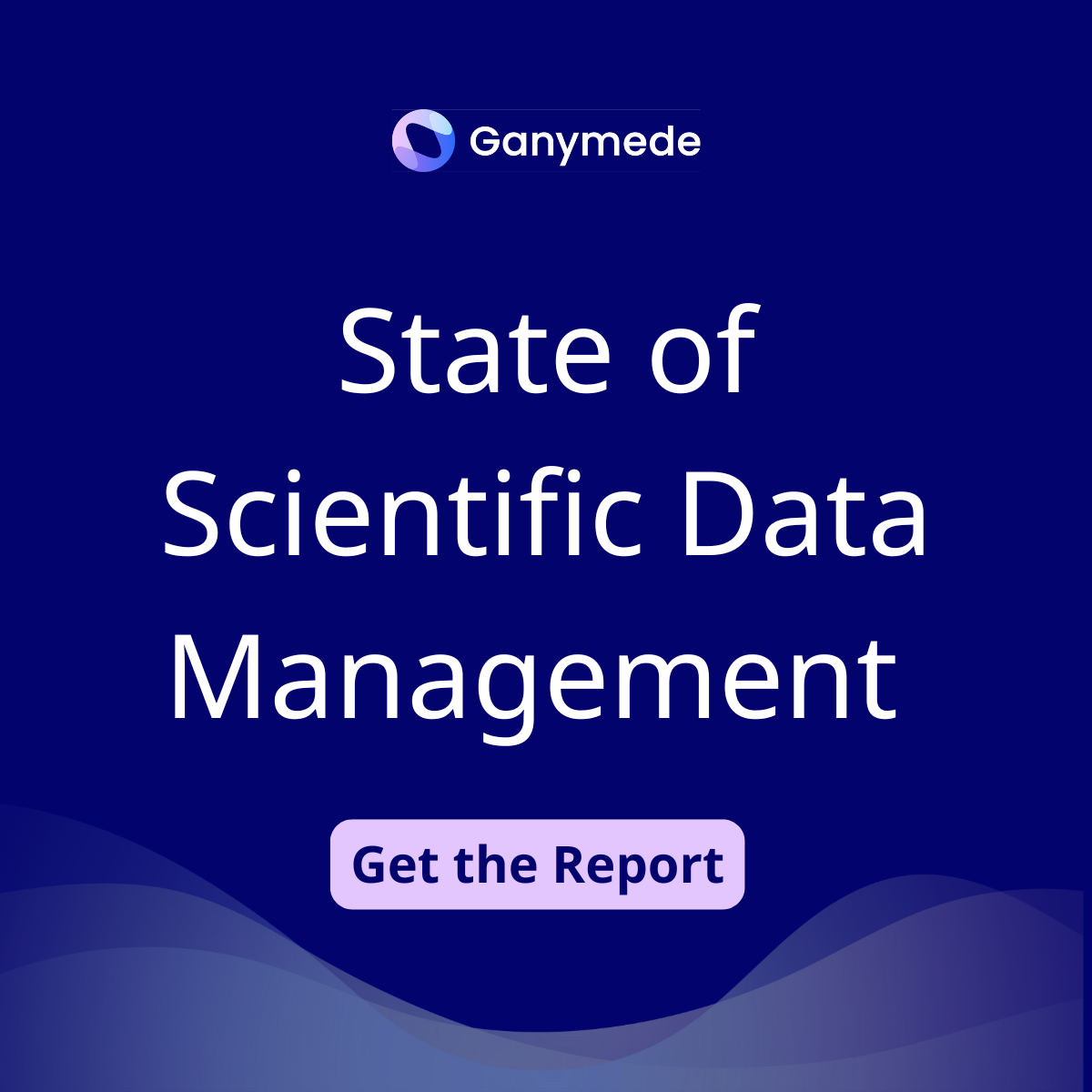Fuel smarter drug discovery with intelligent data infrastructure
Harmonized data lets you hit your target
Small molecules are the bedrock of medicine, with more than 150 years of proven success. To create these medicines, small molecule organizations are laser focused on a crucial process: drug discovery. Companies will start with a massive number of candidates, conducting experiments and winnowing down to a few that have beneficial effects for patients.
What’s powering all of the latest drug discovery? Data. Lots and lots of it. Yet like many other therapeutic types—such as biologics and cell/gene therapies—small molecule companies struggle to manage the complexity and volume of data generated by instruments, workflows, and software.
Out of many, only one will work
Pharmaceutical companies often need to screen thousands of drug candidates in a chemical library to eventually be able to commercialize just one of them. Lots of data goes into just the molecule design stage alone, before any testing in the lab starts.
High scale and heterogeneous data sets
Integrating data from different sources and stages of drug development is critical for enabling holistic data analysis, decision-making, and enabling feedback loops between lead optimization and screens. But, all this can be challenging when data is generated from different instruments, experiments, and sources.
An involved, multi-stage drug discovery process
There’s a reason that only 1 out of every 5,000 compounds make it to market. It’s a rigorous process with numerous stages, like high-throughput screening, to finding a safe, effective, and optimized small molecule drug. Tracking each drug candidate and all of the data tied to it, from target validation to clinical trials is no small feat.
Integrating automation systems and AI
The wide adoption of robotic automation system to drive this high scale data generation adds another layer of integration to implement and maintain and orchestrate with. Also, there is increasing adoption of sophisticated AI/ML models for improved drug discovery that need structured lab data to work.
Your lab on Ganymede - High Throughput Screens
Every small molecule breakthrough starts with bits and bytes—precious data that informs drug design, optimization, and manufacturing. Every piece of that data is crucial for faster submission of successful INDs, and also for commercial manufacturing of medicines of the highest quality.
Before Ganymede
To get a holistic view of a drug candidate and progress it down the development funnel, scientists must piece together different types of data from multiple tools across multiple stages, such as target validation, biochemical assays, lead optimization, pre-clinical testing. But that’s easier said than done when you’re dealing with thousands of candidates.
To accelerate this process, pharmaceutical companies will often employ high throughput screens, which are not without their data challenges:
With Ganymede
Ganymede’s Lab-as-Code platform acts as the glue between all of your HTS instruments, software, automation systems, and pipelines to capture and organize all your data into a single spot. We do for data management what traditional lab automation system do for data generation.
Our platform excels at improving high throughput screens in a number of ways:






